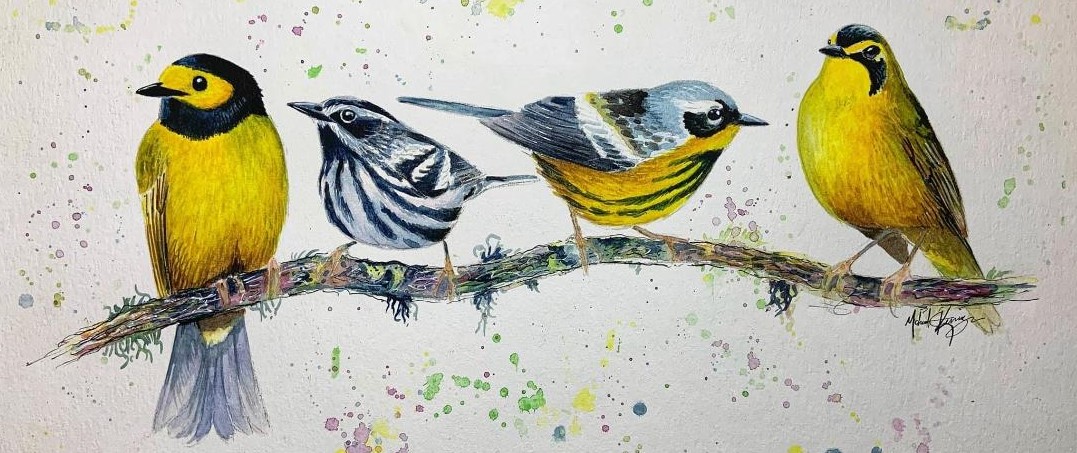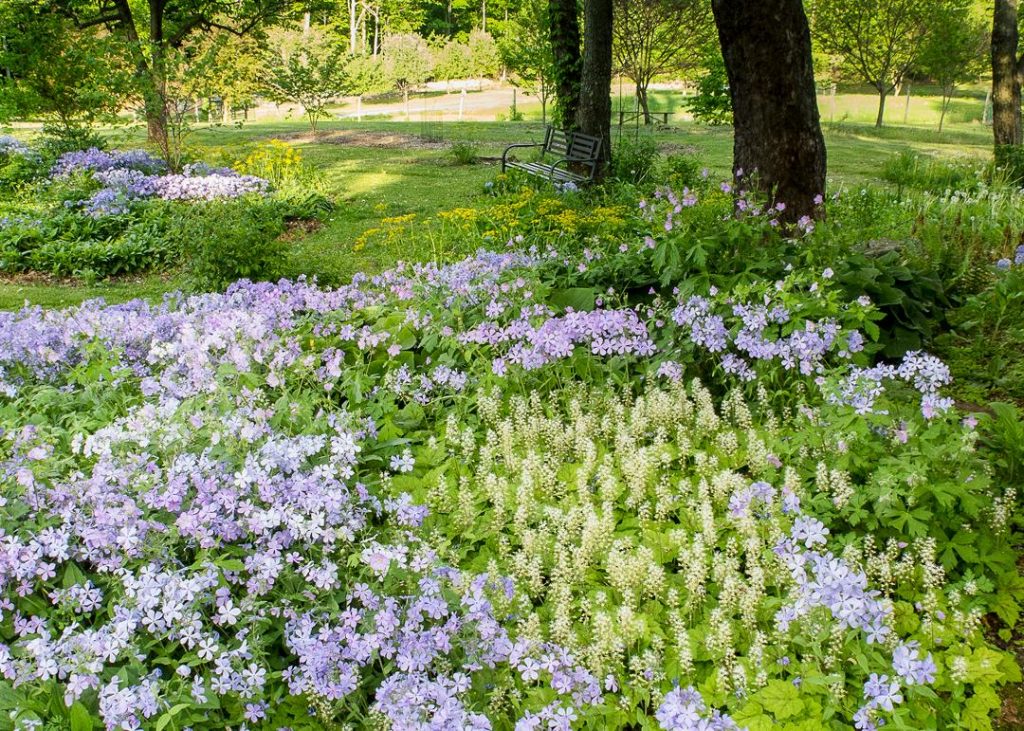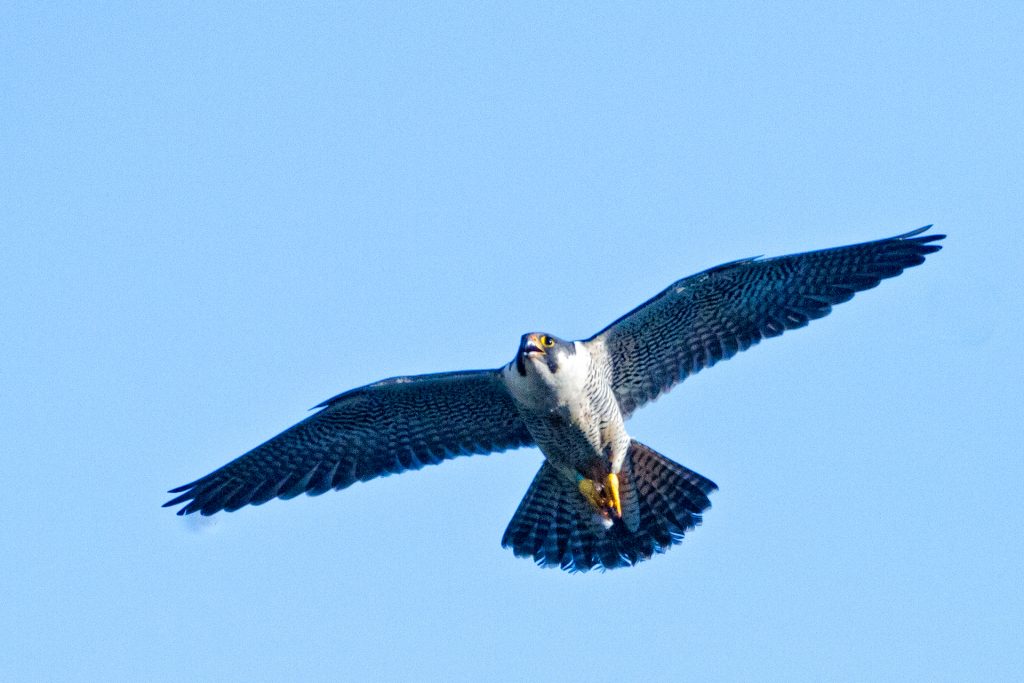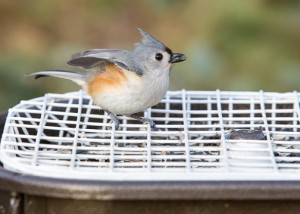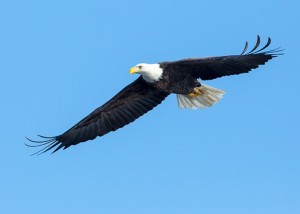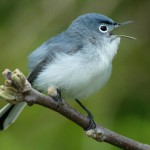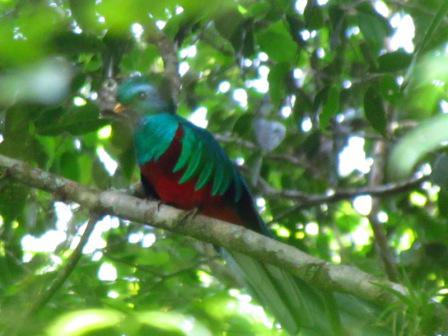Juniata Valley Audubon Society is proud to help sponsor local screenings of two fascinating and important nature documentaries this fall. Hometown Habitat: Stories of Bringing Nature Home, narrated by renowned entomologist, author and native plants expert Doug Tallamy, will be shown at the Canoe Creek State Park Education Center on Saturday, September 30 at 1:00 PM and at St. Luke's Episcopal Church in Altoona on Monday, October 16 at 7:00 PM. Chasing Coral, a Netflix documentary about the planet's disappearing coral reefs that the New York Times called "an emotional race against time," will be shown at the Altoona Area Public Library on Thursday, October 12 at 6:00 PM.
These screenings are in addition to our regular monthly program meetings, and are co-sponsored with other local groups (because screening movies isn't cheap), but we've included them in our programs calendar for easy reference.
Hometown Habitat
Award winning director, Catherine Zimmerman, and film crew traveled across the country to visit Hometown Habitat heroes, who are reversing detrimental impacts on the land and in the water of major U.S. watersheds, one garden at a time. They wound their way through the watersheds of Florida, the prairies of the Mississippi River Basin, the streams and rivers of the Rocky Mountains, the Chesapeake Bay, the Great Lakes and Columbia River to share success stories and works-in-progress that celebrate conservation landscaping that re-awakens and redefines our relationship with Nature.
Along with the everyday habitat heroes, Catherine and crew introduce us to ecologists, entomologists and other experts who share the science behind how today’s ‘native-plants-know- best’ enthusiasts, landscape architects and conservation groups are helping 20th century-minded city planners, businesses and developers appreciate the myriad 21st century benefits of low-maintenance, seasonally-dynamic and eco-healthy landscapes.
The stories they traveled to tell touch on all aspects of the benefits of native plants and brings to light a sense of community that makes conservation landscaping possible. These are the stories.
That's from the description on the film's website. It's worth pointing out that JVAS includes many such "habitat heroes" in its own membership, such as past president Stan Kotala, whose yards near Altoona are a showcase for native wildflowers, and current president Laura Jackson and her husband Mike, whose mountainside acreage near Everett serves as a sort of outdoor laboratory for conservation and habitat restoration. Laura sent along some recent photos of their yards to help make the case that switching to native plants doesn't represent any sacrifice in garden quality:
Laura says that this shows two flower beds full of spring blooms: blue woodland phlox, white foamflower, golden Alexander, wild geranium, wild ginger, Canada violets, and dwarf crested iris. There's also a patch of dandelions in the far right of the photo. The Jacksons let the dandelions go to seed in hopes of attracting white-crowned sparrows, which migrate through our area in the spring but nest farther north. The trees are white-flowering dogwood, wild black cherry, American redbud, and wild apple. All plants are native except the apple tree and the dandelions.
A summer-blooming native flower bed of mostly purple coneflower, black-eyed Susans, cardinal flower, and Heliopsis (ox-eye, or false sunflower). There is a small bog garden in the middle that contains native pitcher plants, sedges, purple violets, and ladies tresses orchids. In the foreground you can see creeping phlox that bloomed in the spring and a small pool with a water lily in it. All are natives, although the water lily is a cultivar of our native white waterlily. The trees in the background are white-flowering dogwood, white spruce, sweet gum, and black locust. Laura notes that the white spruce is not considered to be native to southern PA, but they had very few evergreens on their property, and it attracts bugs which are eaten by golden-crowned kinglets. The kinglets stay here all winter and only eat insects, even in the coldest of weather, so the white spruce helps to provide food for them.
If all this whets your appetite to learn more, be sure not to miss one of the screenings on September 30th or October 16th, which should spark lively discussions afterwards. The first screening, at Canoe Creek, will be followed by an optional walk to look at non-native and native plants and to discuss their impact on native wildlife.
Chasing Coral
Coral reefs around the world are vanishing at an unprecedented rate. A team of divers, photographers and scientists set out on a thrilling ocean adventure to discover why and to reveal the underwater mystery to the world.
Chasing Coral was directed by Jeff Orlowski and produced by Larissa Rhodes. The film took more than three years to shoot, and is the result of 500+ hours underwater, submissions of footage from volunteers from 30 countries, as well as support from more than 500 people from various locations around the world.
Visit their website to learn more about how you can involved. An essential first step, of course, is to watch the film with us at the Altoona Libary on October 12th. There will be free refreshments and a short discussion after the film for those who can stick around.
